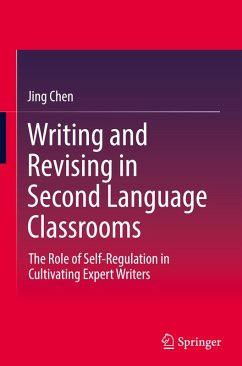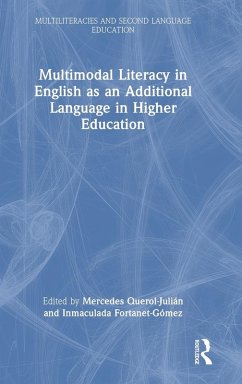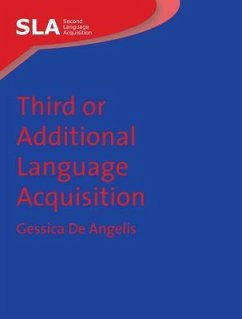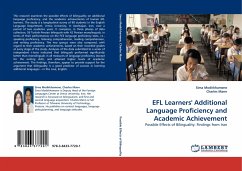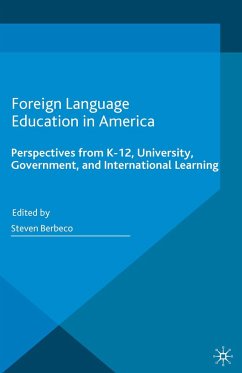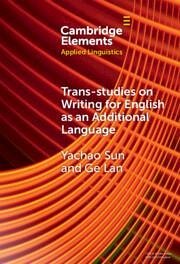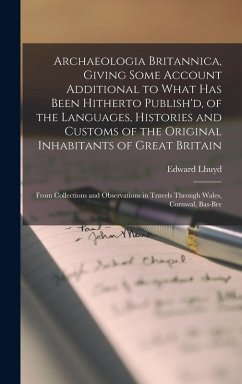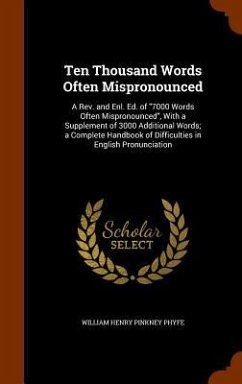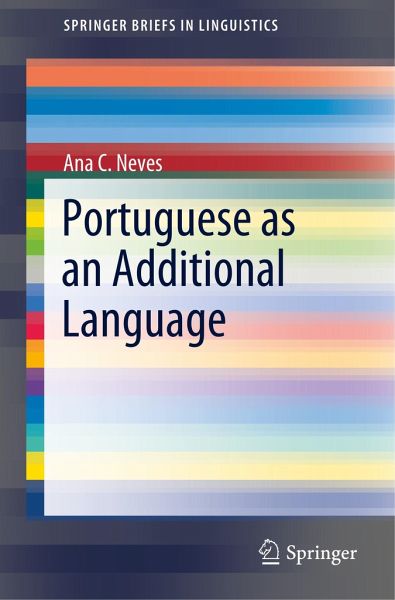
Portuguese as an Additional Language

PAYBACK Punkte
19 °P sammeln!
This book focuses on Portuguese as an additional language and its young learners in threecase studies within the Portuguese-speaking world: Portuguese as a second language inCape Verde, Portuguese as a heritage language in Switzerland and Portuguese as a foreignlanguage in Macao SAR. The term "additional language" is used as an umbrella term for allthree contexts.An analysis of these three case studies is presented, with a focus on the organization of explicit and implicit language policies with regards to population mobility and also motivational issues, language attitudes and language use by...
This book focuses on Portuguese as an additional language and its young learners in threecase studies within the Portuguese-speaking world: Portuguese as a second language inCape Verde, Portuguese as a heritage language in Switzerland and Portuguese as a foreignlanguage in Macao SAR. The term "additional language" is used as an umbrella term for allthree contexts.
An analysis of these three case studies is presented, with a focus on the organization of explicit and implicit language policies with regards to population mobility and also motivational issues, language attitudes and language use by the sample population.
An analysis of these three case studies is presented, with a focus on the organization of explicit and implicit language policies with regards to population mobility and also motivational issues, language attitudes and language use by the sample population.





